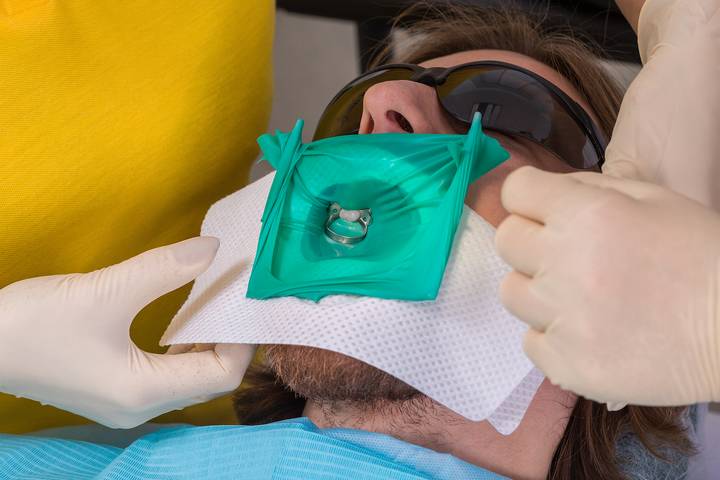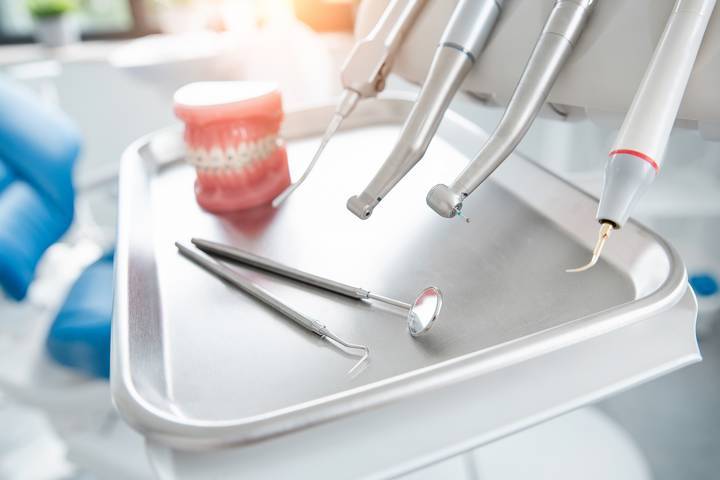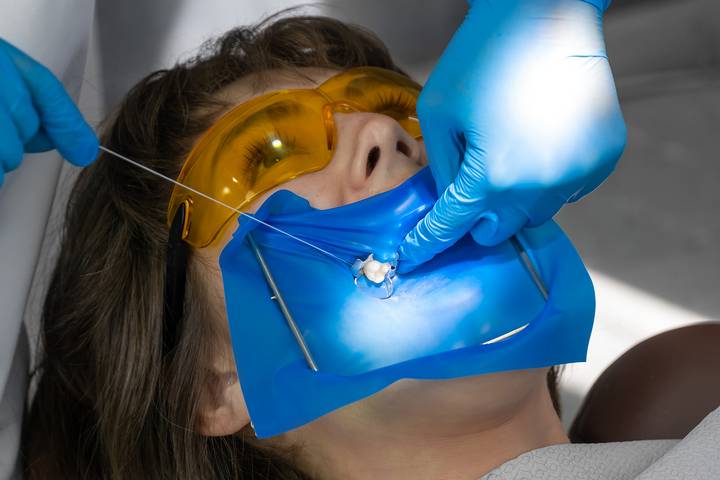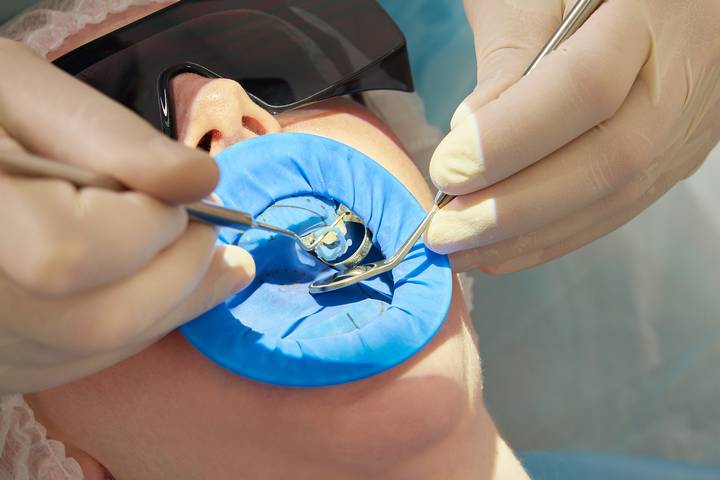
The dentistry field involves many tools that help professionals undertake different procedures successfully. One of the tools that makes today’s topic is the dental dam, a small piece with many uses and benefits. Many endodontist associations consider dental dams a critical requirement for all practitioners.
Dental dams are used by dentists and hygienists to keep a specific tooth or area in the mouth separate from the rest during dental treatments. These thin latex or non-latex sheets create a clean, dry space so that procedures like fillings, crowns, or root canals can be done without any problems. They stop saliva from getting in the way of the dental work and lower the chance of germs from the mouth causing contamination.
Dental dams are highly beneficial for keeping contaminants at bay during oral operations. Let’s learn more about what dental dams are usable for.
Understanding a Dental Dam

A dental or rubber dam is a square or rectangular sheet often made of polyurethane or latex. It can be translucent or available in different colours depending on the patient’s preferences or practitioner’s choice. Dentists use it as a barrier when working on a particular mouth portion during various procedures.
The primary role of a dental dam is to inhibit infection or contamination from the infected area to the rest. This instrument is often used alongside tools such as cotton rolls, dam sheets, a frame, dental floss, dam punch, and hooks/clamps. The dams are available for purchase at a dental supply store.
What Dental Procedures Use Dental Dams?

Dental dams are applicable in many procedures, including dental restoration and endodontic treatments. The latter involves treatments for different dental issues, such as installing crowns, fissure sealants, and root canals.
Conversely, dental restoration replaces part of (or the whole) a broken tooth for better functionality and beauty. Other processes that require a dental dam include oral surgeries and orthodontics.
Here are various uses of a dental dam:
Prevent Contamination

As highlighted earlier, the primary use of a dental dam is to prevent contamination or infection from the adjacent areas to the part under procedure.
This barrier creates a protection wall that deters blood, saliva, and other contaminants from reaching the treatment area and vice versa. That way, there’ll be little or no chances of cross-contamination or infection.
Protects the Practitioner

Another primary use of dental dams is to protect the practitioner/dentist from excessive exposure to blood and saliva. Practitioners are exposed to these liquids when working on a tooth, gum, or other areas in the mouth.
Without adequate protection, they could easily contaminate or infect them. A dental dam ensures less risk of the patient being cut by the instruments, which reduces the chances of infection and contamination.
Offer Smooth Treatment

Dental dams are used to make the treatment procedure more accurate and streamlined. When dentists isolate only a particular tooth (teeth or area), they get a more precise look into the infection. This also lets them work freely without fearing contamination from other areas because of the dental dam.
Furthermore, more light will be reflected on the treatment area, hence a better procedure. You won’t have to worry about debris or saliva invading your work when you put up a dental dam during the operation.
Limit the Risk of Swallowing Fluids or Tools

Dentists use dental dams to prevent the patients from swallowing the fluids, debris, or some of the tiny tools used during the procedure. This instrument guides the items away from the patient’s mouth. That makes the process comfortable even for kids or first-time patients undergoing a dental procedure.
Drawbacks of Dental Dams

These instruments face drawbacks that do not substantially deteriorate their usage but are good to acknowledge. Many people may disapprove of dental dams during operations, saying they feel uncomfortable. Many claim they cannot speak or breathe well with a dental barrier.
Dental dams may be ineffective for mispositioned teeth because it’s often challenging to situate them in the affected tooth. They may also not be suitable when working in a large area. Also, placing and securing dental dams is quite time-consuming, lengthening the procedure. Therefore, many patients find them displeasing and opt for alternatives like gauze packs, cotton rolls, retraction devices, or suction tools.
Dental practitioners require adequate learning (theoretical) and practical training regarding the use of dental dams. That may push many to opt for less complex alternatives in different procedures.
How to Choose Dental Dams

So, what factors do practitioners need to consider when choosing dental dams for their facilities and patients? First, good quality remains undebatable when choosing dental dams. Dentists should use dental dams made of high-quality materials like latex or polyurethane.
Another essential factor to consider is the possibility of a patient’s allergies to any of the above materials. Ensure to blend them well. Remember to purchase dental dams in different thicknesses and sizes to serve various patients. You can mix different colours and let patients choose their best. It improves their mood during the treatment. Other factors include grip, which should be stable, packaging (safe from contaminants), ease of application, and durability.
